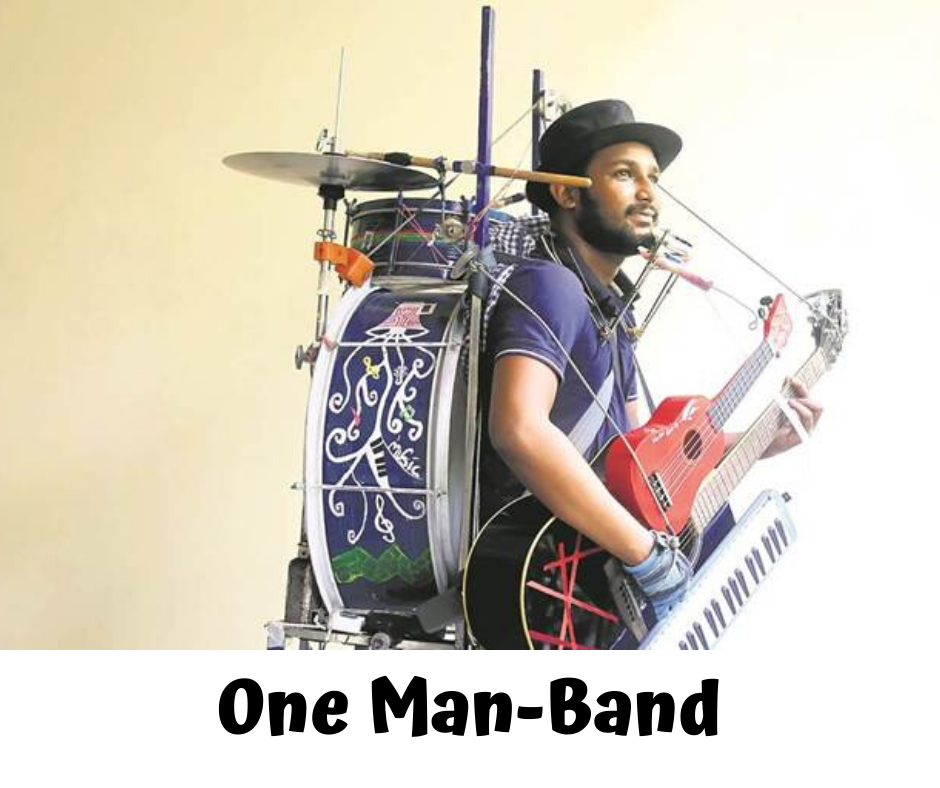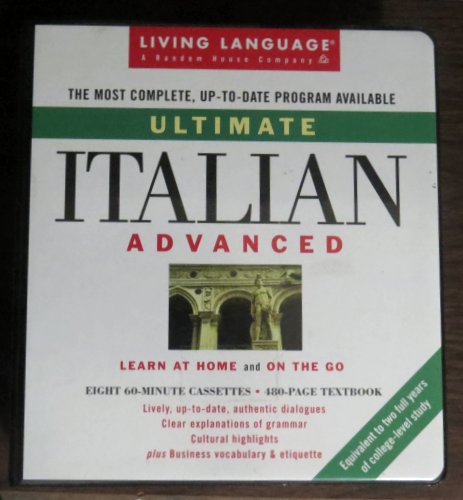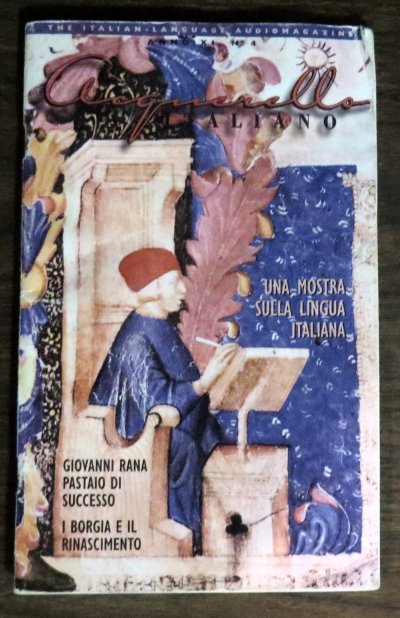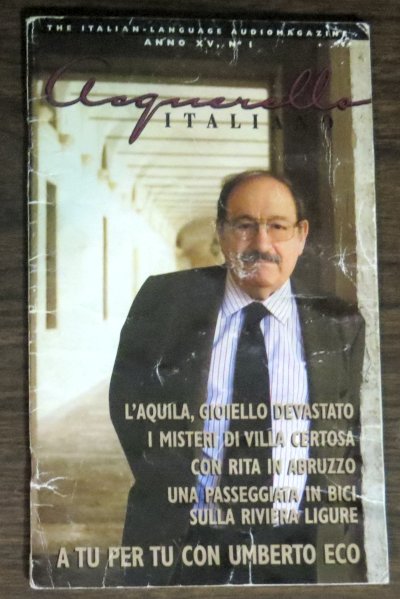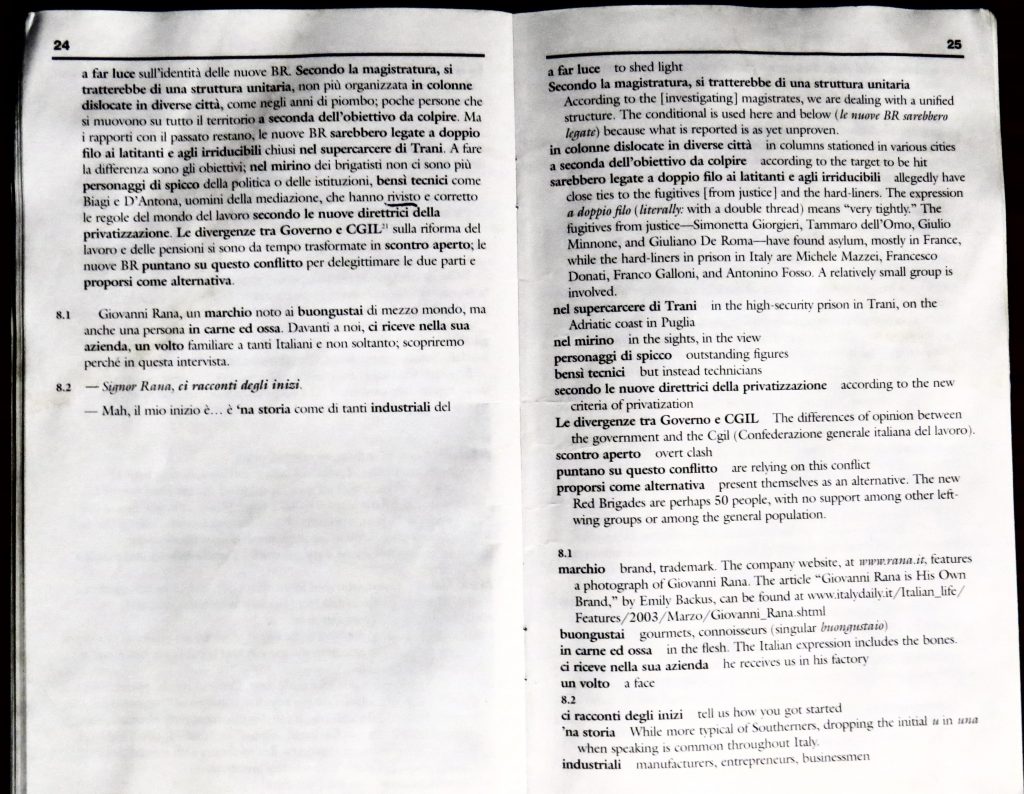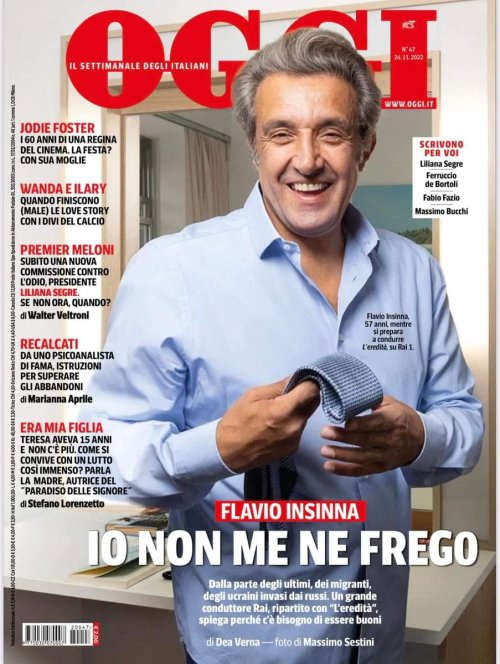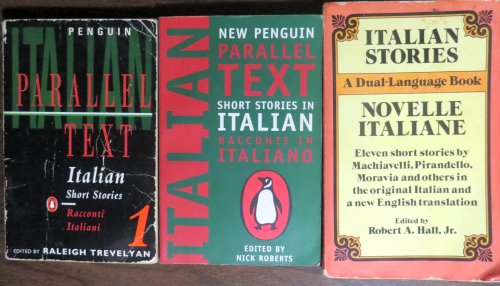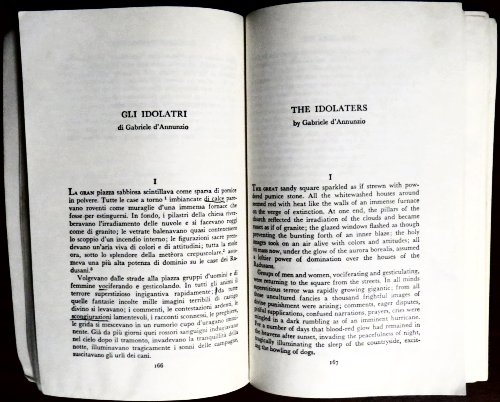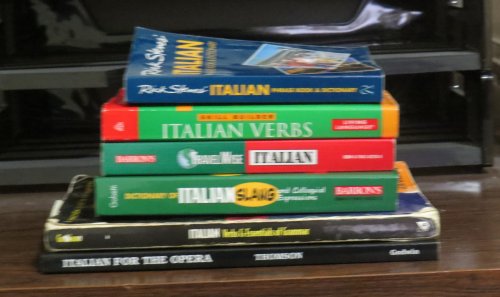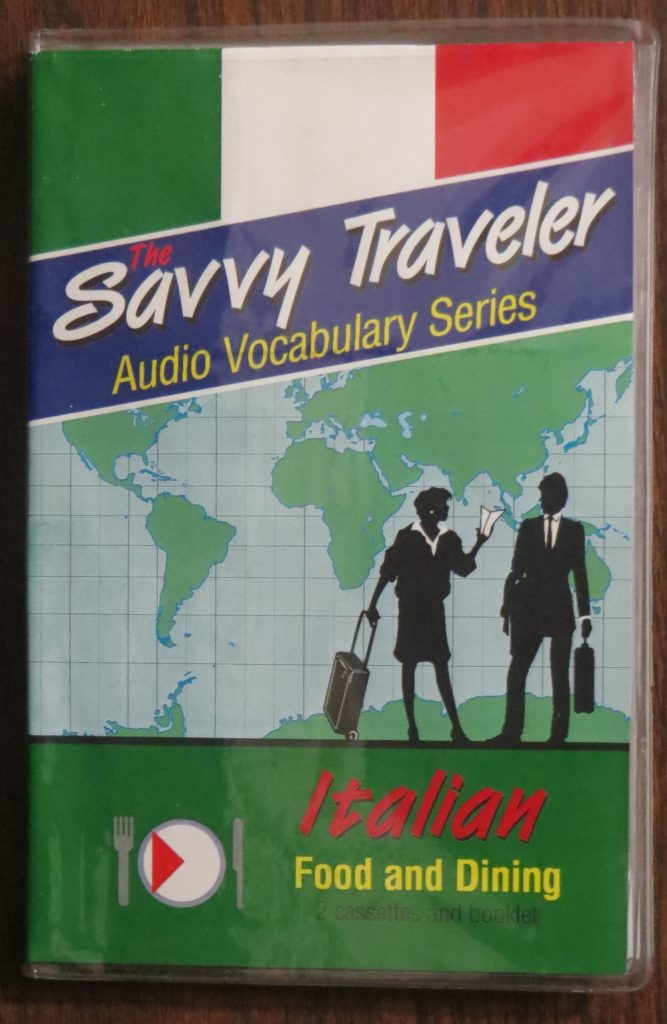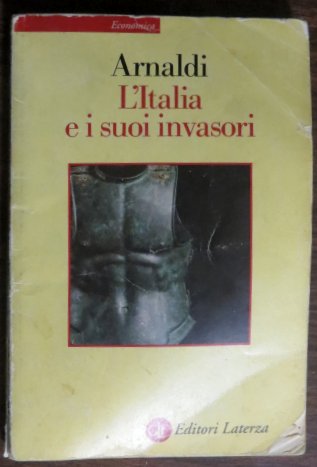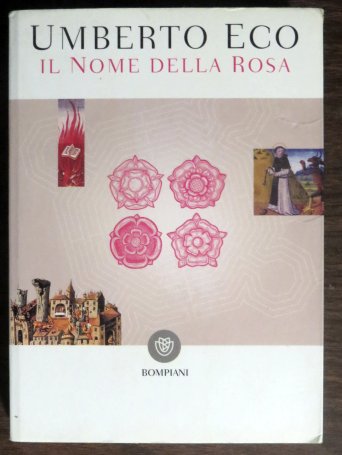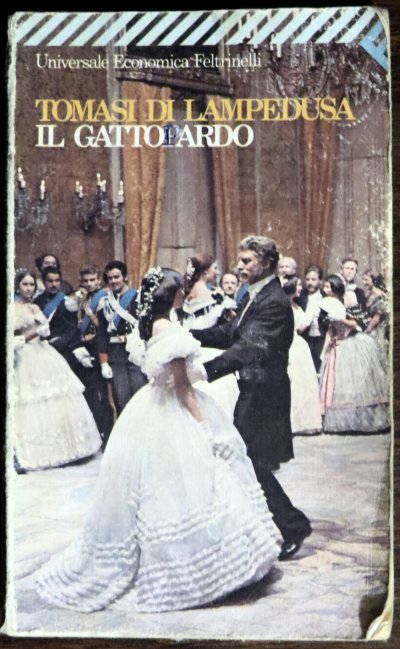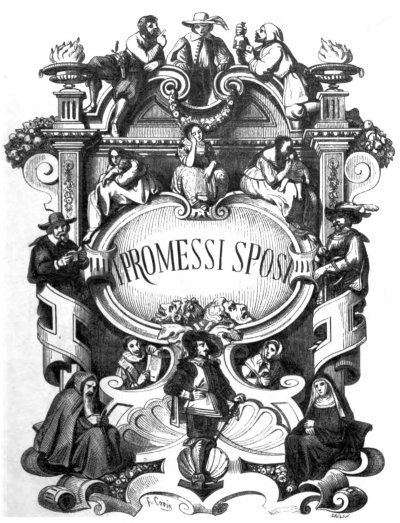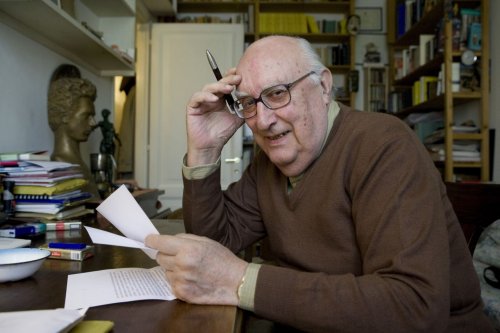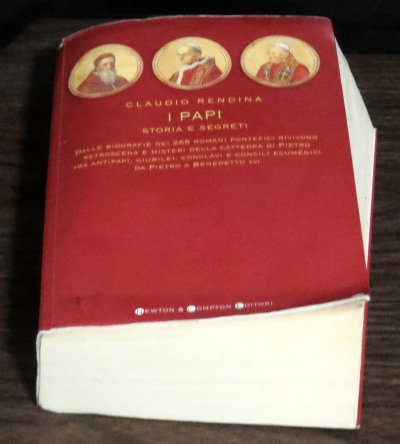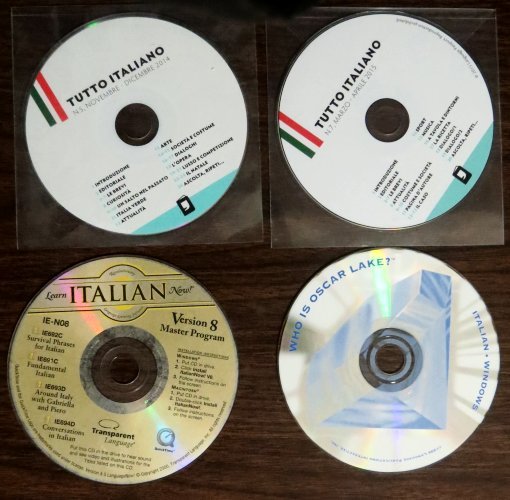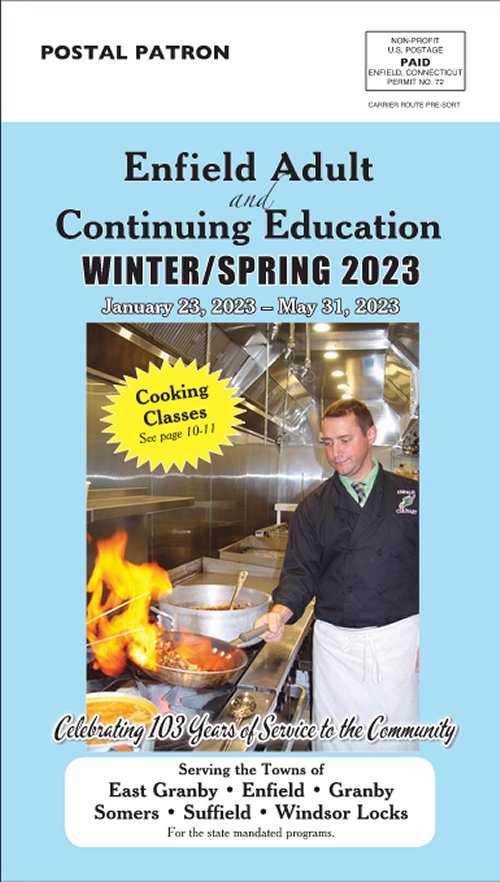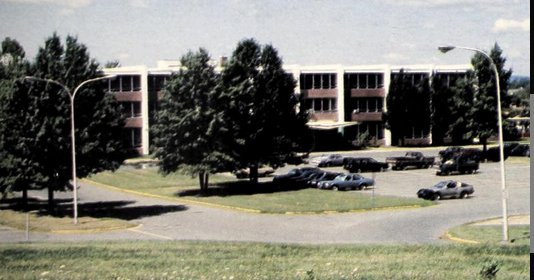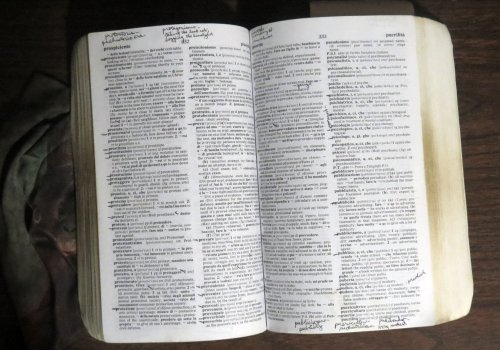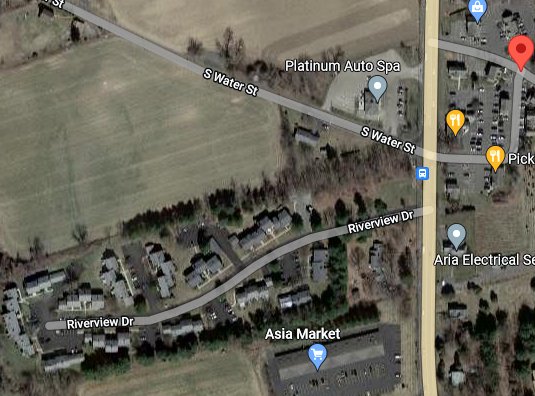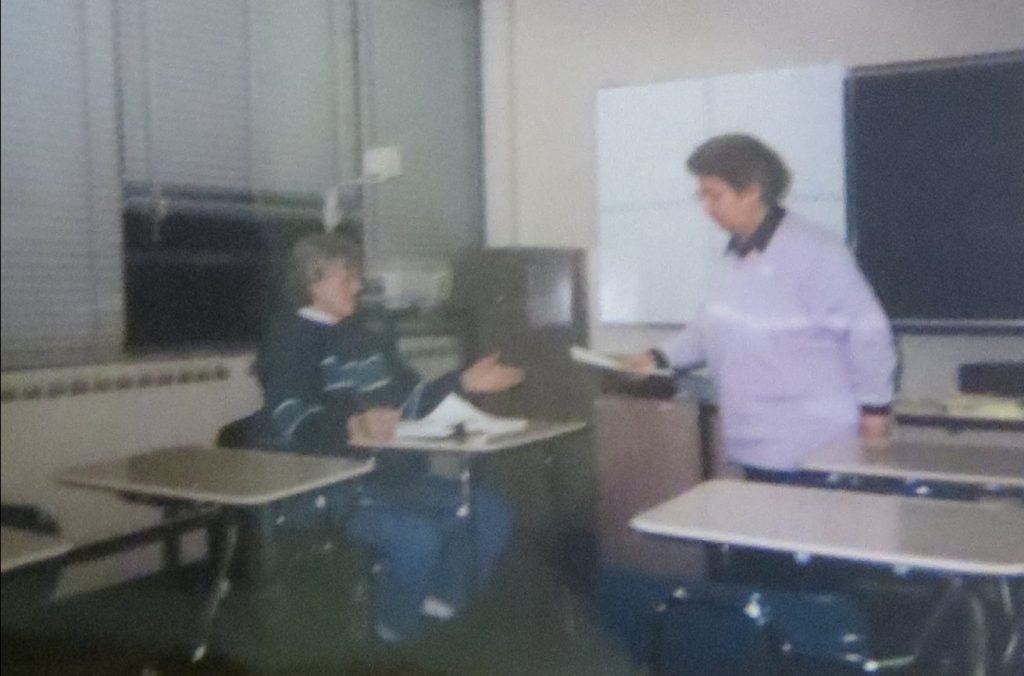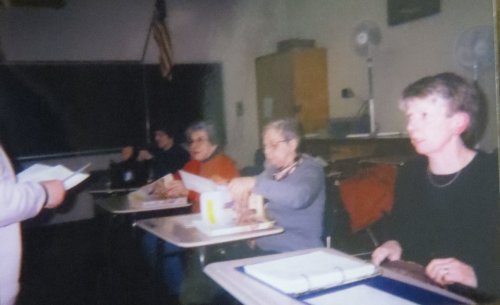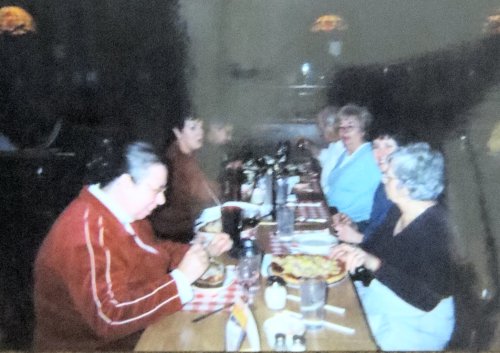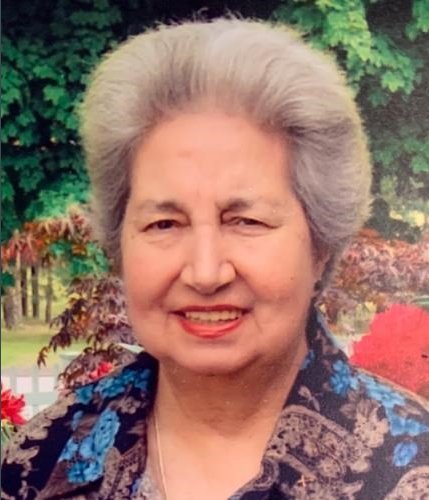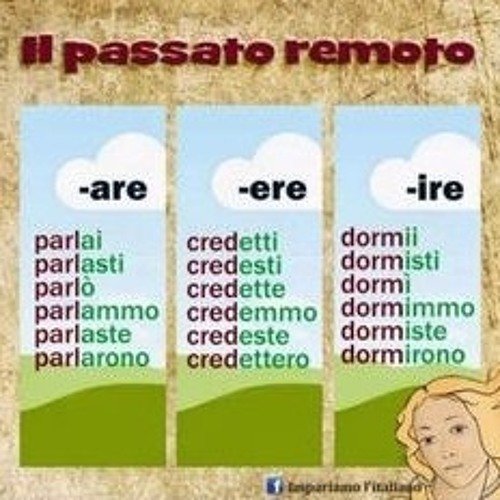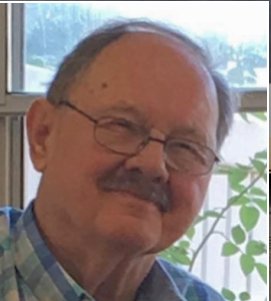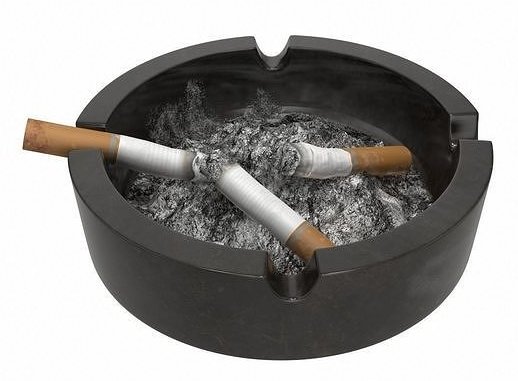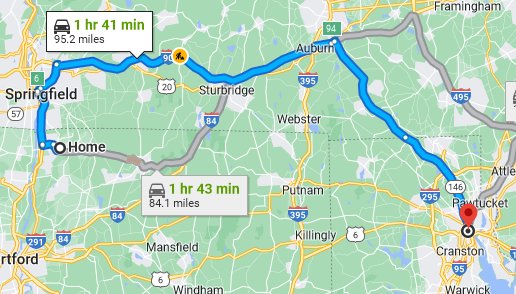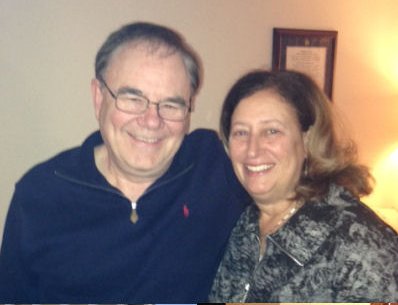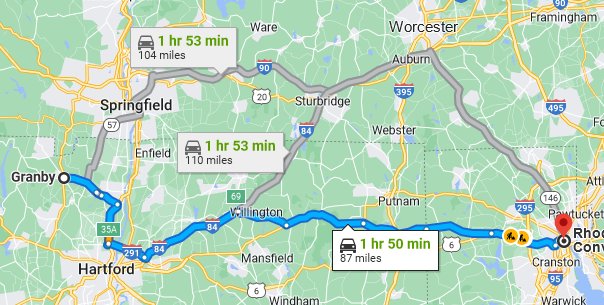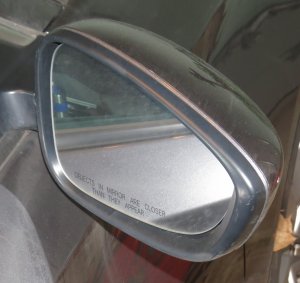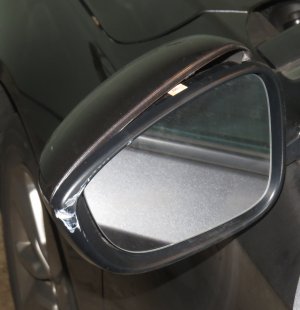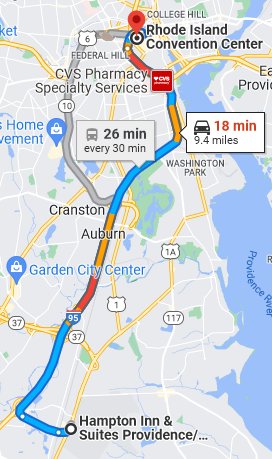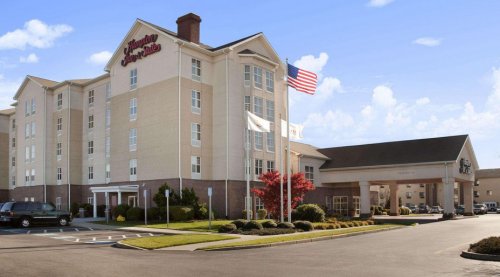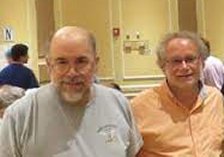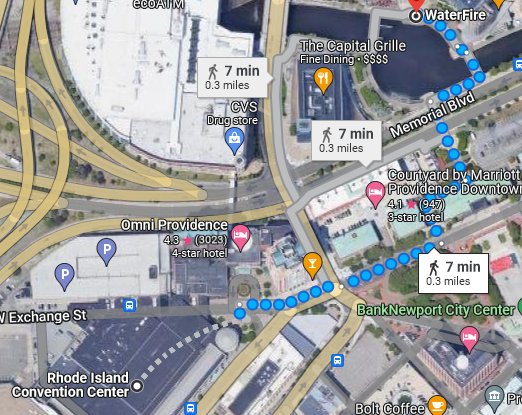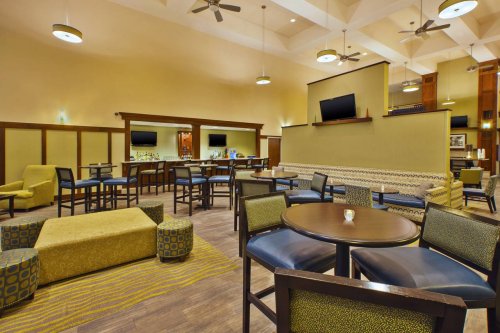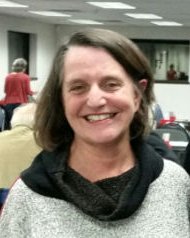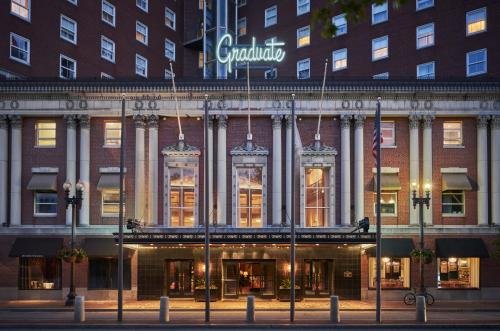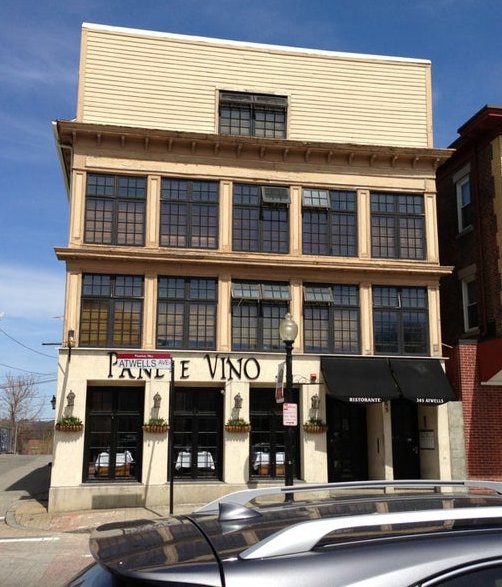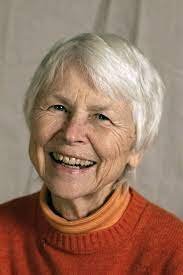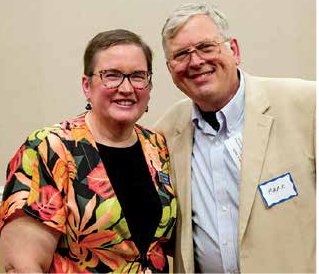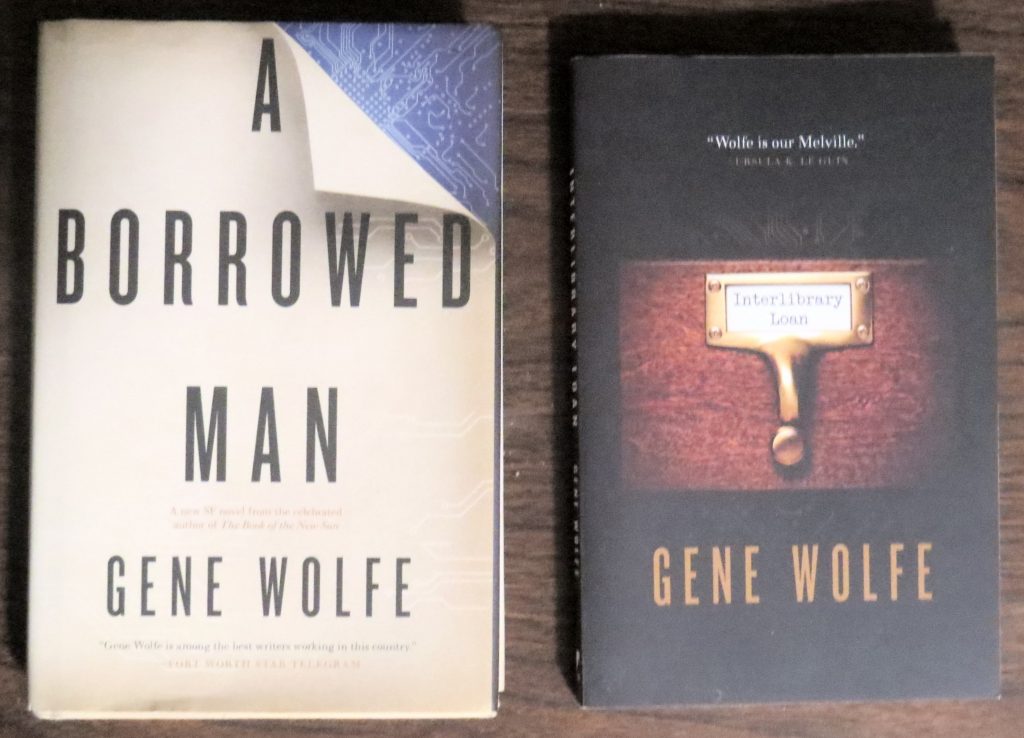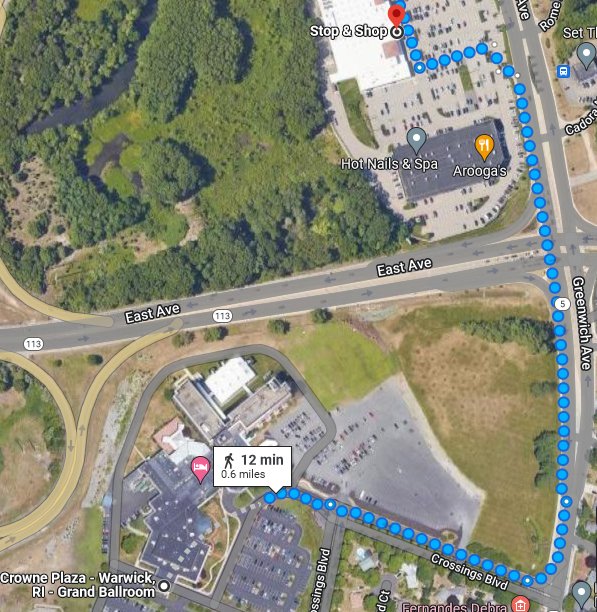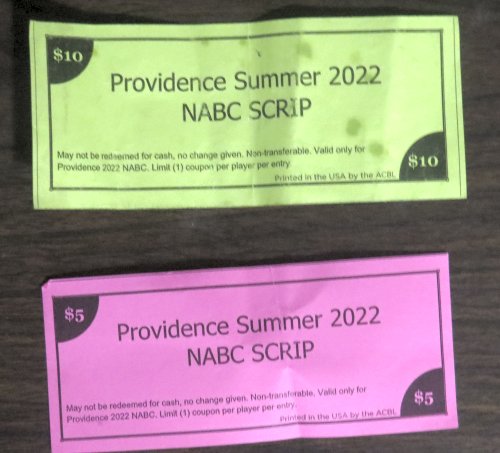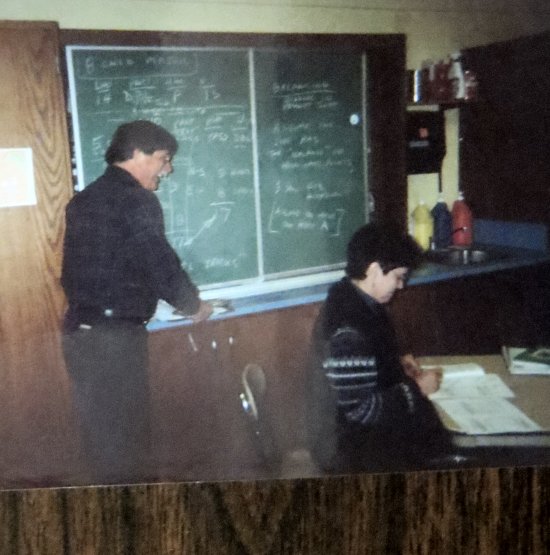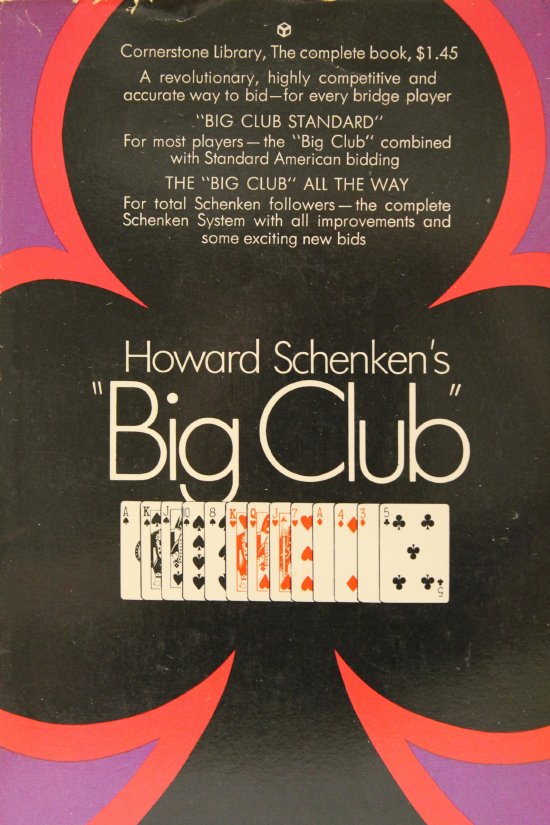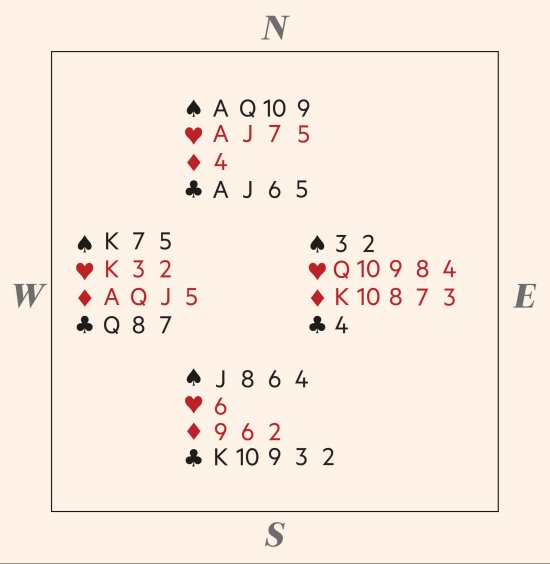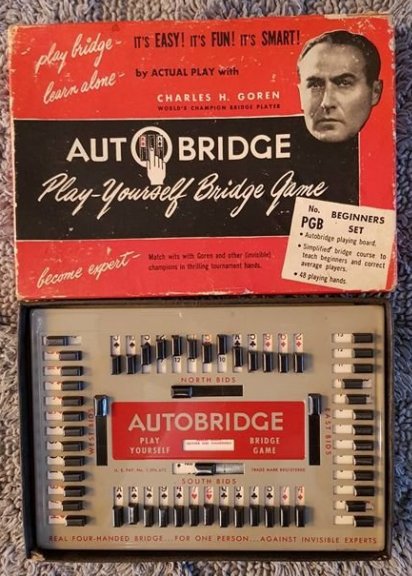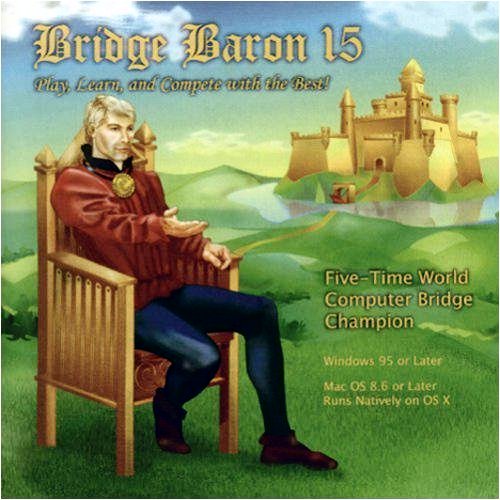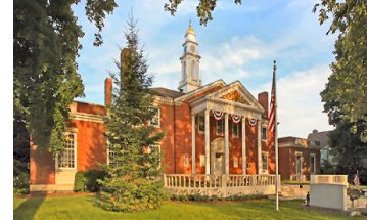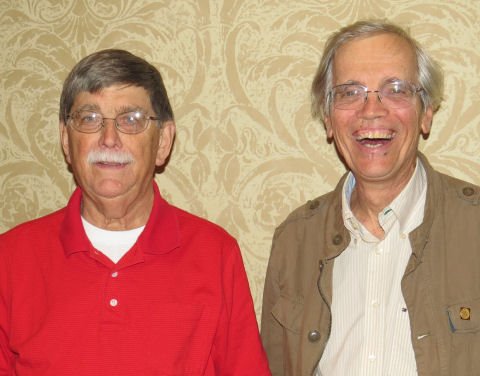The closing of TSI. Continue reading
People have often asked me whether I was retired, and, if so, for how long. I have usually told them that I never exactly decided to retire. In 2014, however, TSI’s clients made it clear to me that it was time for me to quit.
That year was definitely a turning point in my own life. I did not rate the events and decisions of the early months of that year as a genuine crisis—unlike the four others that have been detailed in this project. During the previous several years I had seen the trends developing, I had explored every alternative that I could think of, and my financial position was good, at least in comparison with its state before the late nineties.
By late 2013 Denise Bessette, my partner, had moved from Stafford, CT, to Cape Cod. She was working from home with occasional trips to East Windsor. We could communicate by email, telephone, or through messaging on the AS/400. During this period I was 65 years old; Denise was ten years younger.
The cause: The precipitating event was a letter received in late 2013 from one of our contacts at Dick’s Sporting Goods1, a long-time user of both AdDept and AxN. I cannot find a copy of the letter, but it was basically an announcement that Dick’s had contracted with a media buying service to schedule and purchase its newspaper ads.
Other AdDept users had previously made similar decisions.2 At RadioShack (discussed in detail here) the decision coincided with dropping the use of the AdDept system entirely. The advertising department there used it to place, manage, and pay for advertising in hundreds of papers, but it never used many of the other modules. Nevertheless, one of the employees most closely involved confided to me a few months after the outsourcing that she thought that they might have made a mistake.
A few years later Belk (described here) outsourced its newspaper buying. Unlike RadioShack, Belk by that time was using AdDept for a very large number of tasks besides scheduling and purchasing newspaper ads. Denise Podavini, the financial manager for advertising, never considered dropping AdDept. Moreover, when I explained to her that TSI would be losing a large source of revenue from Belk’s newspapers that had subscribed to AxN3, she voluntarily authorized TSI to increase the maintenance charge to cover the difference. That reaction astounded me.
By 2013 most of TSI’s department store clients had been absorbed by Macy’s, which had then consolidated into one office in New York City. At that point that office was using neither AdDept not AxN. Dick’s outsourcing would have little effect on the income from AdDept. It might actually have given us a custom programming assignment or two. However, it would certainly mean the loss of all the revenue from Dick’s papers that had subscribed to AxN. There were over a hundred of them, and losing them would cost us thousands of dollars every month.
When we received the news from Dick’s my immediate evaluation was that this was the death knell for TSI. Denise was quite surprised at my reaction. We had worked together for thirty years, many of which were quite lean, and she had never seen me give up when the company faced a challenge. She spent a week or two manipulating possible projections on spreadsheets, but she finally came to the same conclusion that I had.
The plan: Denise and I met several times after working hours or out of the office in order to come up with a plan that treated our employees, Jason Dean and Ashley Elliott, our remaining clients, our vendors, and ourselves fairly. We began by making a list of things that we certainly needed to resolve:
- A termination date for AxN and support for AdDept.
- A plan for the employees.
- Taxes and other governmental issues.
- Our lease for 7B Pasco Dr.
- Letters to AdDept clients.
- Notifications to vendors.
- Disposition of assets.
We scheduled an appointment with our accountant, Tom Rathbun. As it happened, he was planning to retire. So, our news pretty much coincided with his plans. He provided us with a list of items that we needed to do to assure that we fulfilled our obligations to the government. We decided to terminate AxN and software support for the AdDept product on July 31. That would provide four months to whittle down the accounts receivable and accounts payable for the final closing of the books on November 30, 2014.
The employees: Even before we met with Tom, Denise and I had decided to let the employees work until March 31 or to terminate as of January 31 and receive a four-week severance package. They both took the severance option. Denise had expected both of them to stay, but I was not too surprised when they resigned. I was amenable to either option. The severance option was actually a little better for TSI. We saved money on payroll, and it offered an immediate opportunity to sell more of the office equipment sooner.
We wrote letters of recommendation for both employees. Here is the one that Denise wrote for Jason Dean:
To Whom It May Concern,
TSI Tailored Systems, Inc., is a small company that has provided intricate and extensive software systems to businesses large and small since 1980. Jason Dean joined our staff on October 15, 2007 as a programmer analyst and quickly became an integral member of our programming and support team. In 2010 he was promoted to lead programmer analyst. Jason worked on the development of new systems and the modification of existing systems in free-form RPGLE, SQL, BASIC and CL on IBM midrange business systems. Development was focused on a comprehensive data base system for retail advertising clients. His responsibilities also included program testing and documentation, client support, and a myriad of in-house support tasks.
Jason’s performance on the job has been uniformly excellent. He is well-organized and has extremely high standards for the quality of work produced. You can depend on him to consistently deliver sophisticated applications that meet those standards, and within or well in advance of project deadlines. He quickly and easily comprehends new strategies and technologies. He is an outstanding quality control tester. His methods steadily test both the functionality and logic of the program with robust data sets. His diligence has called out a number of subtle issues during the development cycle. Jason also had the opportunity to train and impart those standards on a new programmer, the results of which were outstanding.
Jason’s ability to handle client support is impressive. He is very adept at posing the necessary questions to extract information required to resolve client issues. He consistently maintains a positive, professional and helpful attitude even when dealing with a difficult caller. He won consistent praise from our clients.
Jason’s termination had nothing to do with his job performance. Business conditions necessitated that we take steps to close the business.
I unhesitatingly and without qualification recommend Jason Dean for any similar position. I would be very happy to talk with any prospective employer about his work at TSI. I can be reached at Denise_Bessette@cox.net or 860 386-0700 (through July 31, 2014) or 508 760-2847 (home).
The letter that I wrote for Ashley was posted here.
The clients: I composed a short letter to the AdDept clients and mailed it on February 28, 2024, at which point I was the only person left in the office. Here is the text:
Denise Bessette and I have worked together for almost three decades. During this time we have taken great pride in our ability to provide first-class software and service to our clients at a reasonable price and first-class treatment of our employees and vendors. We have changed the business radically a few times to respond to various circumstances, but we have never sacrificed our basic principles.
Recent events now necessitate another change, one that we definitely regret. Two factors have made it impossible for us to continue doing business in the way that we have in the past. The first is the consolidation of the retail business. In one case thirteen of our installations collapsed into one and then, ultimately, none. The second is the trend toward outsourcing. The latter has led to the collapse of our Internet insertion-order business, on which we have come to rely. We were already running a very lean operation. There is nothing left to cut.
Therefore, we both feel that we have no choice but to shut down TSI as of July 31, 2014. We will do our best to provide the very best support of the AdDept system’s day-to-day operations through that date and even implement whatever programming changes are required on the same basis that we always have. We are definitely willing to act as consultants to help design a transitional process and to fill whatever other roles you feel are appropriate. If you wish to use AdDept beyond the above date, you are, of course, free to do so, and if you want one of us to provide some kind of support, it may be possible to make arrangements on an individual basis.
We both think that TSI has had a great run. We wish that it could continue forever because we really have enjoyed working with our clients to provide a system that provided them with what they needed to prosper.
Best wishes for the future.
As far as I know, no one asked for help designing a transition process. Some users may well have asked Denise for help. I have occasionally wondered how they coped with the situation.
After receiving the letter someone from Dick’s called us to assure us that they had not intended to drop the AdDept system. We explained that the problem was not AdDept; it was the imminent loss of revenue from the many newspapers that had subscribed to AxN. Evidently no one at Dick’s had ever considered this ramification.
I have no information about how long any of the companies that were still using AdDept in 2014 continued to use it after July 31.
I did not write to any of the newspapers, but I did stop billing them for the subscriptions to AxN after July 31. I was still receiving checks from a few of them through November. At that point I wrote off everything that was outstanding.
The lease: We had arranged with our landlord, Rene Dupuis (introduced here), to stay in his company’s building until July 31. Because a lot of equipment and furniture remained in the office in the middle of July, I asked Rene if we (i.e., I) could stay one more month. He said that because TSI had been an ideal tenant for such a long time, he was happy to accommodate us. Our section of the building was empty by August 31.
During the last month or two Rene brought one or two people up to TSI’s office to examine the property. I do not remember the name of the company that ended up renting it, but the lease was signed while I was still working there.The company even purchased TSI’s antiquated telephone system for $500.
Tax issues: TSI had been paying sales or use taxes to several jurisdictions. I found a copy of the Letter of Good Standing signed by a machine for Deborah Chandler, the Tax Collection Supervisor of the Compliance Support Unit. It stated that TSI owed the state of Connecticut nothing.
I also found a copy of a letter that I wrote to the state of Mississippi that stated that we had done no business there and that TSI was closing. No one replied to the letter.
I was not able to follow all of the dealings with the IRS, but in June of 2015 I definitely received two checks with income tax refunds for payments that TSI had previously made.
Tom provided me with all of the forms that I needed to file with state and federal agencies. None of them were difficult or time-consuming.
Furniture and equipment. I wore many hats in my time working at TSI. The most ill-fitting was probably the last one: used furniture salesman. I took photos of everything and placed ads on Craig’s List. To my great surprise I rapidly disposed of nearly everything. I probably should have charged more, but we had bought almost all of it second-hand many years earlier.
I found a list of the major items that I sold and their prices:
| Item | Price |
| Conference table | 80 |
| Black cabinet | 50 |
| Kitchen table, chairs | 80 |
| Three cabinets | 133 |
| Sales office desk | 25 |
| Twelve side chairs | 125 |
| Four trash cans | 2 |
| Cabinet | 40 |
| Black desk | 25 |
| Cubicles | 100 |
| Denise’s desk | 25 |
| Phone system | 500 |
| 4-drawer cabinet | 125 |
The biggest coup, aside from the sale of the telephone system, was the fact that I was able to get rid of the five-foot high4 dividers that were used to form cubicles. I was thrilled when a man whose wife (or maybe mother) was opening a dance studio in Windsor Locks almost directly across the Connecticut River from TSI’s office in East Windsor offered me $150 for all of the hardware. On a Saturday he drove a pickup towing a very long and flat trailer to the office. He and another fellow came upstairs, disassembled the cubicles, carried the individual sections down the stairs, and strapped them to the trailer. He thought that he got a bargain. I was afraid that I would end up needing to pay someone to take the dividers away.
The total that I received was $1,310, which I split with Denise.
I also remember giving out two very large plants to one of the guys who purchased the trash cans and some other mundane things. He took the plants that Eileen Sheehan-Willett had nursed from near-fatal neglect to monstrosities and put them in his truck. He was thoughtful enough to wait until he was out of sight to throw out the plants and save the pots.
I found the following notes in an Excel spreadsheet called equipment.xls:
The 515 server was sold to Saks Inc. for $2500 on 7/31/14.
The 270 server, color printer, Dell PC, scanner, and backup hub were taken by Mike on 7/31/14. The 270 will be scrapped when the company is closed. It has no market value.
The black & white laser printer was taken by Denise on 7/31/14.
Fax machine and copier were donated to a local church on 7/31/14.
Two dot matrix printers with no market value were donated to the New England Bridge Conference on 8/31/14.
All other equipment was scrapped on or about 7/31/14.
The 270 and 515 were iSeries (i.e., AS/400) models. The 270 and the other equipment were transported to our house at the end of August (not July) in a truck that my wife Sue borrowed from her friend and bridge partner, Jan Bailey.5 The equipment resided in my office for a few months until TSI’s books were closed, and I was pretty sure that I would not need the server. It, the backup hub, a twinax display, and a snake’s nest of cables have rested peacefully in the basement and are still there in 2024. The color printer, which supported two-sided printing, the scanner, and the PC lasted for quite a few years before they were scrapped or recycled somewhere.
A few other things made their way to our house. The kitchen at 7B had a microwave and a small refrigerator. The former is still in use in 2024. The latter was given to David Basch, the grandson of another of Sue’s bridge partners, in exchange for doing the heavy lifting in the move. A small shelf and a floor-to-ceiling bookcase now live in my office at the house in Enfield. A good many smaller items also made the journey back to Enfield.
The largest item that I neither sold nor brought back to Enfield was the Uninterruptible Power Supplu (UPS). The UPS was a large battery with outlets for several power cables. Our AS/400 and a few other devices were attached to it. The UPS could provide enough electricity to last for a few hours.
Power failures are not unknown in Connecticut. Denise and I discussed purchasing a generator, but we could never justify the expense. We only experienced a couple of power failures in the nearly fourteen years that TSI’s headquarters was in East Windsor, and the UPS was sufficient to to get us through them.
The UPS was very heavy. I carried it out to my car and transported it to a nearby dumpster. It was all that I could do to lift it to shoulder height and drop it in.
The one-man show: From February through August I drove into East Windsor every morning. Every evening I drove back to Enfield. When I arrived at work I checked to make sure that all the equipment was working. I encountered absolutely no hardware problems. Once a month I sent out invoices for software support and for AxN subscriptions. I usually ate lunch in the office by myself.
The highlight of the day was when the mail came. If there were any checks, I processed them in our home-grown accounts receivable system and then deposited them in the bank. I was often amazed that newspapers that I was fairly certain were no longer using AxN continued to pay for the service. I attributed this to the fact that so many newspapers had outsourced their processing of accounts payable to an outside service. TSI’s bills seemed to slip through the cracks of the approval process.
I spent most of the rest of my days sitting at the PC. I already had a pretty good command of HTML, JavaScript, php and MySQL. I did a lot of work on the NEBridge.org website, and it was also during this period that I got the idea of maintaining a database of ACBL members who resided in District 25 (New England). Allan Clamage (introduced here), who served as the editor of the website, told me how to download roster files from the ACBL and set it up so that I had the authority to do so. The details of the database are described here.
The other major project that I worked on was my historical novel about Pope Benedict IX. The story of its genesis and why it was posted on Wavada.org but was never at Barnes & Noble is described in some detail here.
In some ways I wished that I had been a history major and gotten a PhD. Then I probably would have found someone with whom I could discuss my ideas about eleventh-century papal politics. On the other hand, I should remember that I only became interested in the popes in the twenty-first century, and I finished grad school in the seventies. Moreover, my interest in the eleventh century was a byproduct of a rather random introduction to a somewhat obscure ninth-century pope named Formosus.
I did not take a vacation in 2014, but I did go to quite a few bridge tournaments. This was the period when I implemented a system of posting photographs of winners of regional events on NEBridge.org webpages. I called those pages “Winners Boards” because the background that I used looked like boards. I kept that feature up through 2021.
At about the same time I also began sending emails promoting the regional tournaments in New England. At first I composed the emails myself and sent them through my Wavada.org account. When I got blacklisted as a spammer, Bob Bertoni came to my rescue. That harrowing situation was described here.
The regional tournaments in 2014 were the first to include meetings of a committee that was known as “The B’s Needs”. It was initially chaired by Ausra Geaski, the president of the district. I attended every meeting.
The initial purpose of the committee was to recommend ways to make the tournaments more enjoyable for Flight B players, those with too many points to play in the “Gold Rush” events that were limited to less than 750 masterpoints. These people found themselves up against people with many thousands of points and years of experience. It was not generally a pleasant experience.
Over the next few years the committee produced a large number of suggestions for making the tournaments more attractive to B players and to everyone else. Many of them were implemented, and there is very little doubt that they had, for the most part, a profoundly positive effect on the tournaments. I took great pride in what we did as a group and what I personally implemented. This activity provided a purpose to my life at a time when I really needed one. It made me feel that I was using my time and skills to make life more enjoyable for people who shared one of my principal interests. Most of my contributions were cast aside done in the post-Pandemic environment, and it saddens me greatly.
I found some materials about this committee. I have posted Ausra’s minutes of the meetings in Newton, MA, in January (here), Cromwell, CT, in February (here), and Nashua, NH, in September (here). I have also posted here the notes that Allan wrote up about the groups first few ideas.
While I was occupied with closing down TSI Sue had knee-replacement surgery on both legs. Afterwards she spent several days getting rehabilitated at Suffield House. I went to see her every evening. On one evening my friend Tom Corcoran joined us, and we played a game of Careers. Sue had to remind me of this event while I was in the process of writing this entry.
September.through December: For the last three months I ran what was left of TSI from my office at the house. I still received payments from newspapers almost right up to when I closed the books for good at the end of November.
I still had some communications with Tom Rathbun in December of 2014, but after that TSI has been nothing but a source of incredible memories. The process of closing it down was somewhat complicated, but I don’t remember making any serious mistakes.
1. Details of the installations at Dick’s Sporting Goods have been posted here.
2. I am not sure why these companies made the decisions. It is possible that the media buying services claimed that the fact that they represented several large advertisers would give them more clout in negotiating with newspapers. They may also have been able to claim more expertise in choosing between papers in the few markets that had more than one.
3. In theory it would have been possible for TSI to construct an interface that could be used by media buying services. We had written many interfaces to both send and receive records in other modules. However, the information that AxN required from AdDept contained four different types of records: headers for ads, special instructions at the header level, individual ads, and special instructions for individual ads. Could we persuade the buying service to send records in that format? I considered it unlikely in the extreme even if we did not charge them for using the service. Even if they were persuaded, we would have had to devise foolproof ways of dealing with errors in their files. Moreover, the process of fixing errors would need to be very efficient. Time could be of the essence. It appeared to me to be a nightmarish situation.
4. I am pretty sure about the height because I remember being just barely able to kick my right foot up and rest my ankle on the top of one to stretch my quads before running.
5. Jan Bailey, Ginny Basch, and Sue were regular participants in an unsanctioned bridge game that was held on Thursday evenings in Somers.













